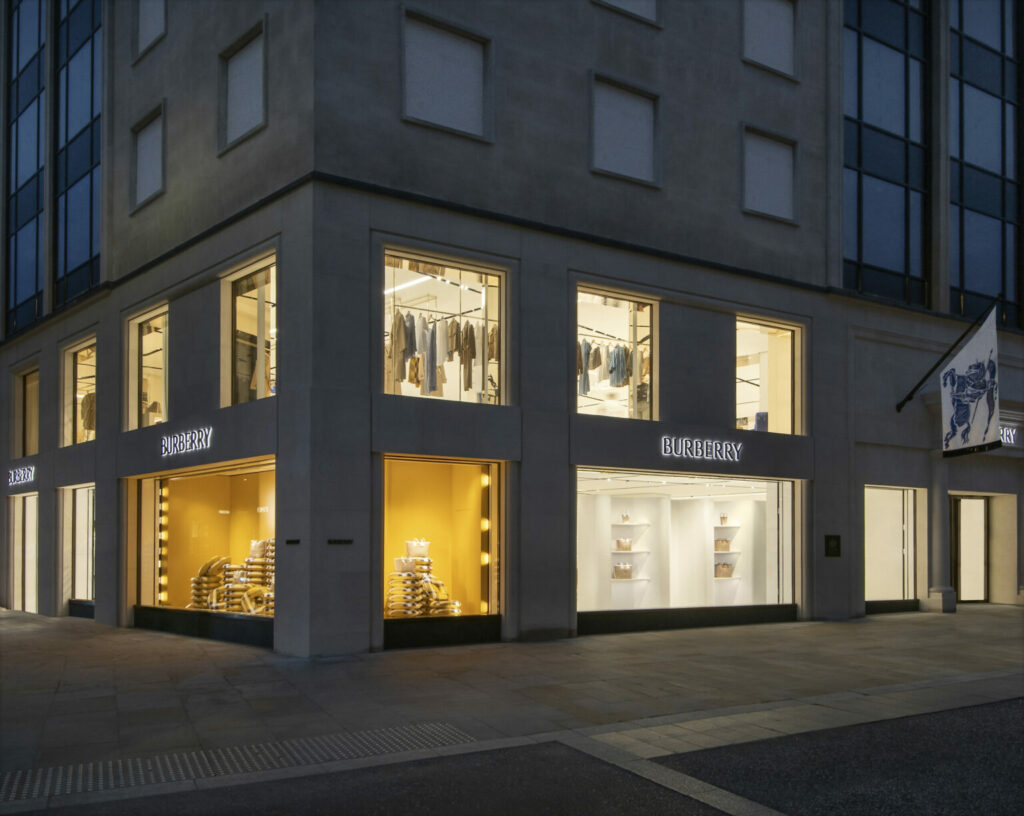Jessica Swinton – Consultant, Brand Union
Currently valued at a cool £2 bn, fast-fashion retailer Topshop is widely considered to be one of the greatest successes in contemporary British retail. Having built its reputation for well designed, style-savvy clothes in the 1990s under the helm of Jane Shepherdson, who has since been accredited for changing the way we buy and wear fashion, the brand‘s success has gone global.
With 80 key openings in 13 countries in 2013, and even more in 2014, the brand is expanding globally at an incredible pace. With a positioning that translates well across borders – it‘s British, it‘s fashionable and it‘s championed by many celebrities, Topshop is rapidly becoming the fashion Mecca for young shoppers across the globe. But what is it that makes the brand so successful?
Being a teenager is all about discovery and doing things for the first time – first school dances, first dates, first music festivals; Topshop is often young peoples‘ first dip and introduction to the world of fashion. It is a place that the Gen Y population goes to trade in their GAP hoodie and shapeless cords for those must have high waisted Baxter jeans and that tie-dye tank top. Whether it‘s about fitting in or standing out, Topshop manages to combine trend-led staples with exclusive statement pieces.
For the continually developing, emotionally erratic and often fixated species that are teenagers, no matter how you choose to curate your Topshop look, you‘re safe in the knowledge that pretty much everything under that roof will be ‘acceptable‘ in the eyes of their social circle, and can be bought for a reasonable price. For young people, these are the perfect parameters for exploration, experimentation and expression, and are key to the brand‘s continuing relevance.
But Topshop‘s success goes beyond pre-empting catwalk styles and distributing them quickly at prices that aren‘t too dear. The brand has honed a design aesthetic and the attention to detail that makes its pieces desirable in their own right. Furthermore, Topshop has built powerful relationships with some of the most prevalent fashion designers and style influencers, adding to its cultural kudos.
In building these relationships with key influencers the brand has become inextricably linked to the British fashion industry – collaborating, defining and innovating the style landscape. This savvy approach to brand affiliation and relationship building means that Topshop has the credibility and know-how to play at the cutting edge of British style. This is a strategy too risky for most mass-market apparel brands, but one that is certainly paying off for Topshop.
Where most high street retailers simply stitch and sell, Topshop goes the extra mile to deliver exciting, innovative and memorable experiences that create value far beyond the economic transaction. For this brand it is not just about the sale, but rather providing an enjoyable brand experience, which in turn has meant its consumers are fiercely loyal. From pop-up salons to tasty mid-shop nibbles, which have become an intrinsic part of its flagship store, Topshop has really thought about its consumers‘ desires as well as their needs, providing a retail experience that competitors simply haven‘t been able to match.
But with so much past success, Topshop will need to keep innovating at its core if it‘s to shirk perceptions that international scale and quantity have a direct impact on quality delivered. It is possible that we can already see evidence of this on the .com with the eclectic offering and range available online becoming difficult to navigate, something which could turn some consumers off.
With Topshop loyalists spending a lot of time browsing and shopping on the web, it would be nice to see the brand using consumer data to deliver a more intuitive online experience, while ensuring it‘s consistent wit
RELATED STORIES

















